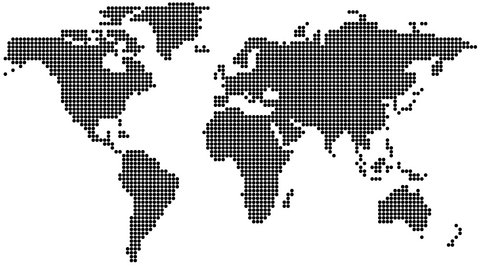
Coats launches FlamePro Splash Protect
The clear focus on water at Planet Textiles 2017 attracted a wealth of local Indian delegates to the event.

9th June 2017
Innovation in Textiles
|
Bangalore
Every year since 2012, Bangalore has been hit by drought. It is also estimated that 44% of the city’s water supply either seeps out through aging pipes or gets illegally siphoned off. As a result, the groundwater level has sunk from a depth of 150 or 200 feet to 1,000 feet or more in many places.
Set against this background, the clear focus on water at Planet Textiles 2017 attracted a wealth of local Indian delegates to the event, who were eager to hear about how the textiles sector could contribute to improved water conservation in the region.
“The problem for many industries in India – and not just the IT sector in Bangalore – is that because most of the water for industrial use is distributed by private tanker trucks, the owners of these vehicle fleets now have control of the water supply in cities such as Bangalore. It’s become something of a cartel,” said one delegate.
This way of working poses a real threat to the textiles industry in India, given both a rising population and a predicted rising output from the sector. “The value of the Indian textiles industry, currently at US$ 108 billion, is expected to reach US$223 billion by 2021,” said Manoj Gulati, Executive Director, India, from international NGO Water.org, which works with the likes of IKEA, Gap and Inditex to equip people with the means to access water and sanitation in textile producing regions. “Presently, the Indian textiles sector consumes around 830 million cubic litres of water per annum,” he added. “This pressure on water availability can only go one way unless we start to act now.”
Water.org provides micro-loans so that individuals can improve access to water and sanitation through WaterCredit. So far it has helped to supply 5.2 million people and says it has a 99% repayment on these loans. “We address both the symptom and the cause: solve for the immediate need by creating access to safe water and sanitation now. Solve for the big picture by setting up a system that works at scale and lives long after we do.”
Keynote speaker Tracy Nilsson, Senior Director of Social Environmental Affairs at adidas, discussed with Indian textile mills present at the event how its tier 1 and tier 2 suppliers are expected to reduce water use at a minimum of 20% by 2020.
“Water is not only essentially for life, it is a key resource for our industry. Factors, such as the ever-growing population and the impacts of climate change are tipping the scale to a point where water supply may no longer meet demand. With increases and ever-growing issue of water scarcity, we have developed an overall approach to address water efficiency, improve wastewater quality and provide better accessibility to water in communities,” she said.
One way the Indian textiles sector has tackled wastewater problems is through the zero liquid discharge project in Tirupur. “According to a UNESCO report, India is the number one country when it comes to annual groundwater extraction. We remove on average 251 cu/km (cubic kilometres per year) compared to the USA and China which come a distant second and both average water extraction rates of around 112 cu/km,” said Sajid Hussain, COO of the Tamilnadu Water Investment Company.
The ZLD project involves a range of advanced wastewater treatment technologies to recycle, recover and re-use ‘treated’ wastewater and thereby ensure there is no discharge of wastewater to the environment. Typically, this comprises pre-treatment, reverse osmosis and an evaporator and crystallizer – so in short a lot of capital expenditure. Nevertheless, there is both an industrial need and a political requirement to tackle this problem as soon as possible, says Sajid Hussain.
Breakout sessions sponsored by Archroma, Oeko-Tex and the ZDHC Group focused on practical, sustainable, solutions for textile wet processing, chemical management and discharge, and pollution. Discussing current issues surround textile wet processing, and where implementation in the textile value chain can be accelerated, Elaine Gardiner, sustainability manager, AFIRM Group and Pentland Brands said collaboration was the right way to go.
“Transparency is still playing catch-up. Everyone seems to be sharing their Tier 1 suppliers, but Tier 2 suppliers are not there yet,” said Agata Kostecka, Senior Manager, Sourcing Strategy, Gap.
Concluding the Planet Textiles event, Rick Horwitch, Vice President of Global Retail Lead and Supply Chain Strategy at Bureau Veritas, said: “The only thing that touches everyone is clothing and water: have a resource that we need for life, this is a problem we need to address. I do not believe the answer is to test our way to a solution, it is about being smart and sharing that information. The challenge is that we need to think and do things differently. Creating an impact, that is what we need to do.”

Business intelligence for the fibre, textiles and apparel industries: technologies, innovations, markets, investments, trade policy, sourcing, strategy...
Find out more